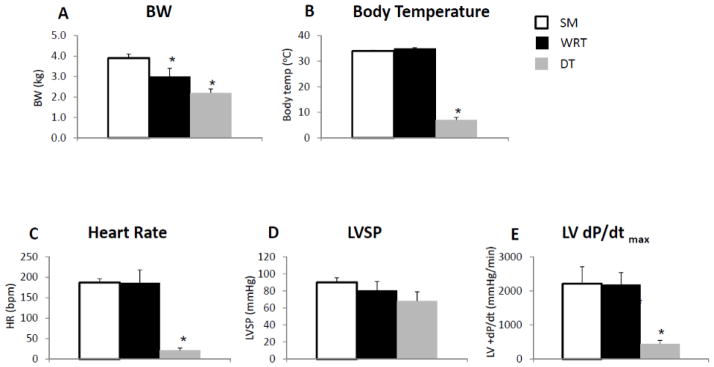Figure 1. Comparison of cardiac function among woodchucks living in the summer, winter at room temperature (RT) and winter with DT.

(A) Average woodchuck body weight (BW) was lower during winter at RT. A further BW reduction during DT was also observed. (B) The body temperature was dramatically lower during DT only. (C) The heart rate was dramatically reduced during DT only. (D) DT resulted in a trend (but not significant) towards a decrease in LV systolic pressure (LVSP). (E) DT resulted in a significant decrease in maximum LV dP/dt. All measurements were performed in woodchucks in summer (n=5), winter at RT with food (n=4), and winter during DT (n=4). *p<0.05 vs. summer. Data are expressed as mean±SEM.
